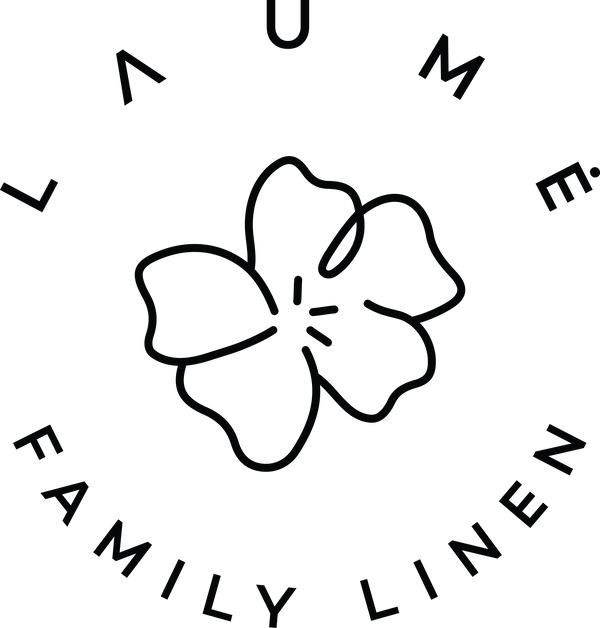What is Linen?
Linen is a natural fabric that is made from the fibers of the flax plant. It is one of the oldest and most sustainable fabrics in the world, dating back to ancient Egyptian times. Linen requires less water, pesticides, and fertilizers than other crops, making it eco-friendly and easy to grow. It is also the first known vegetable fabric to be woven, as evidenced by archaeological findings.
Linen has a rich history and culture, especially in Eastern Europe and the Baltic states, which used to produce approximately 90% of the total flax crop of the world. Linen has deep roots in Lithuanian traditions and folklore, as it was used for clothing, bedding, tableware, and rituals. It symbolizes purity, harmony, and prosperity in Lithuanian culture.
-

Linen is hypoallergenic
Linen is gentle on sensitive skin and has anti-bacterial and anti-lint properties. It can also help prevent skin irritations and allergies such as eczema or dermatitis.
-

Linen is eco-friendly
Linen has a low environmental impact compared to other fabrics, such as cotton. It uses less water, pesticides, and fertilizers than other crops. It also does not produce any waste or harmful by-products during its production process. Linen is biodegradable and can be recycled or composted at the end of its life cycle.
-

Linen is breathable
Linen has hollow fibers that allow more airflow over your body than other materials. It also has a high moisture absorption capacity, which means that it can keep you cool and dry in hot weather. The magical part is that it actually keeps you warm when it is cold, too!
-

Linen is durable
Linen is one of the strongest natural fibers in the world. It can withstand high temperatures, abrasion, washing, as well as wear and tear. It also becomes softer and more pliable with each wash. Linen can last for decades if properly cared for.
How Linen is Made?
You might be asking yourself what is linen made of? The process of making linen fabric starts with planting flax seeds. It takes approximately 100 days for the plant to be mature enough to harvest. Flax seeds must be planted when temperatures are lower - otherwise, the plant may die.
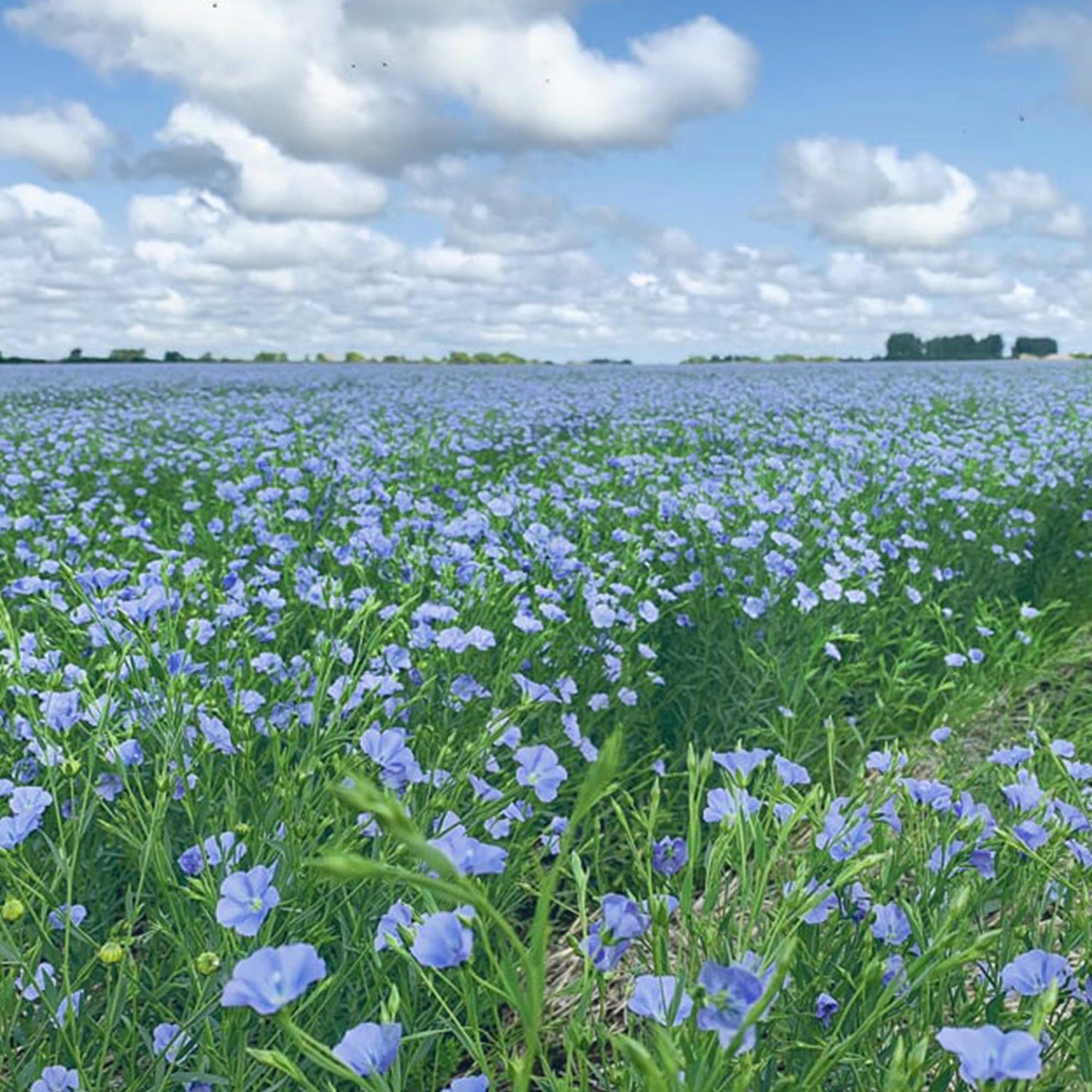
Cultivation
Flax seeds are usually planted in Spring and reaped in July. Over this period, the flax plant undergoes an enchanting metamorphosis and reaches its zenith with a fleeting flourish, as the entire field bursts into a celestial shade of blue for just a couple of weeks.
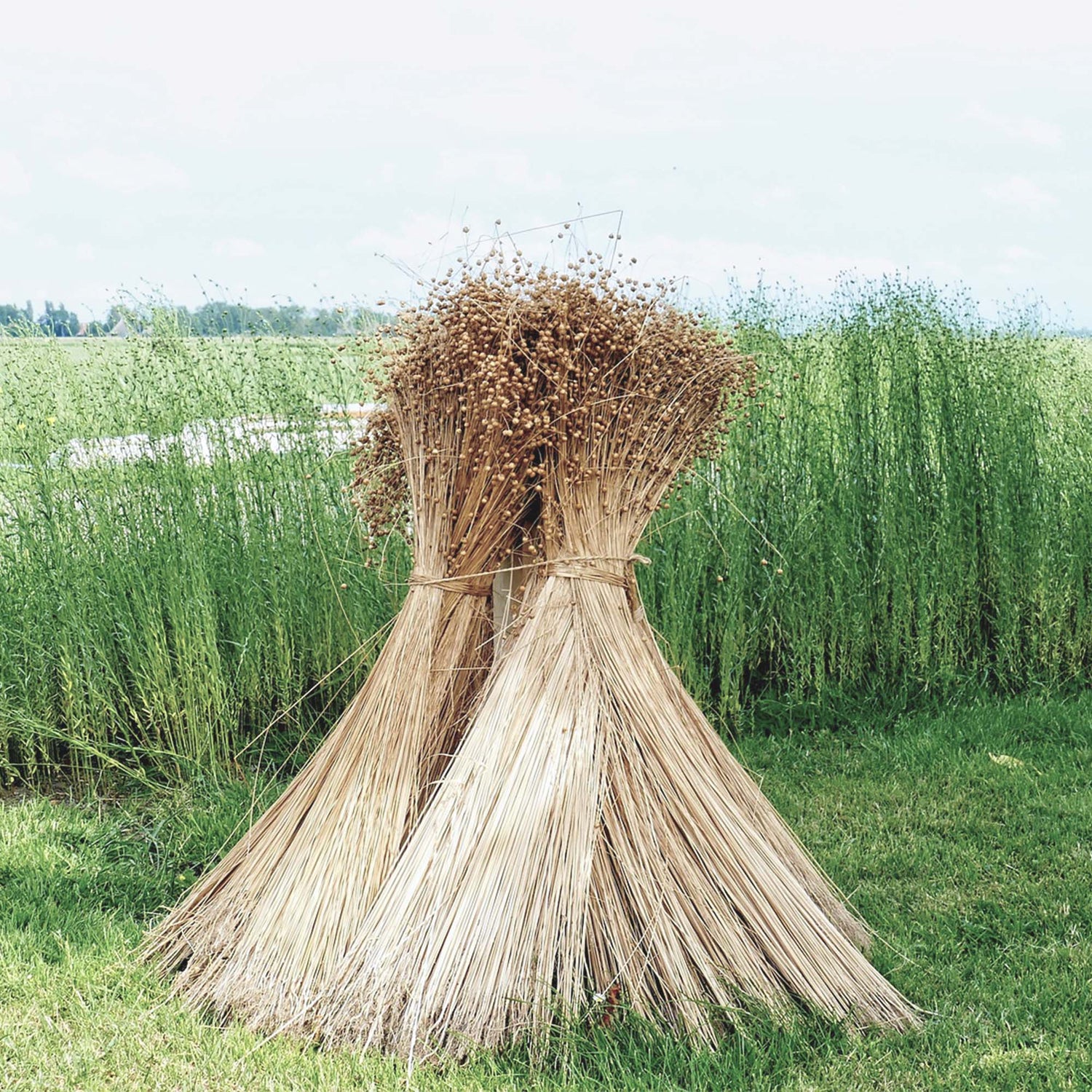
Harvesting
Flax plants are ready to harvest in about 90 days, when the seeds are brown and the stems are yellow. Flax plants are harvested by pulling them out of the ground by hand or by using a machine. The roots, leaves, and seeds are removed from the stems, leaving only the stalks.
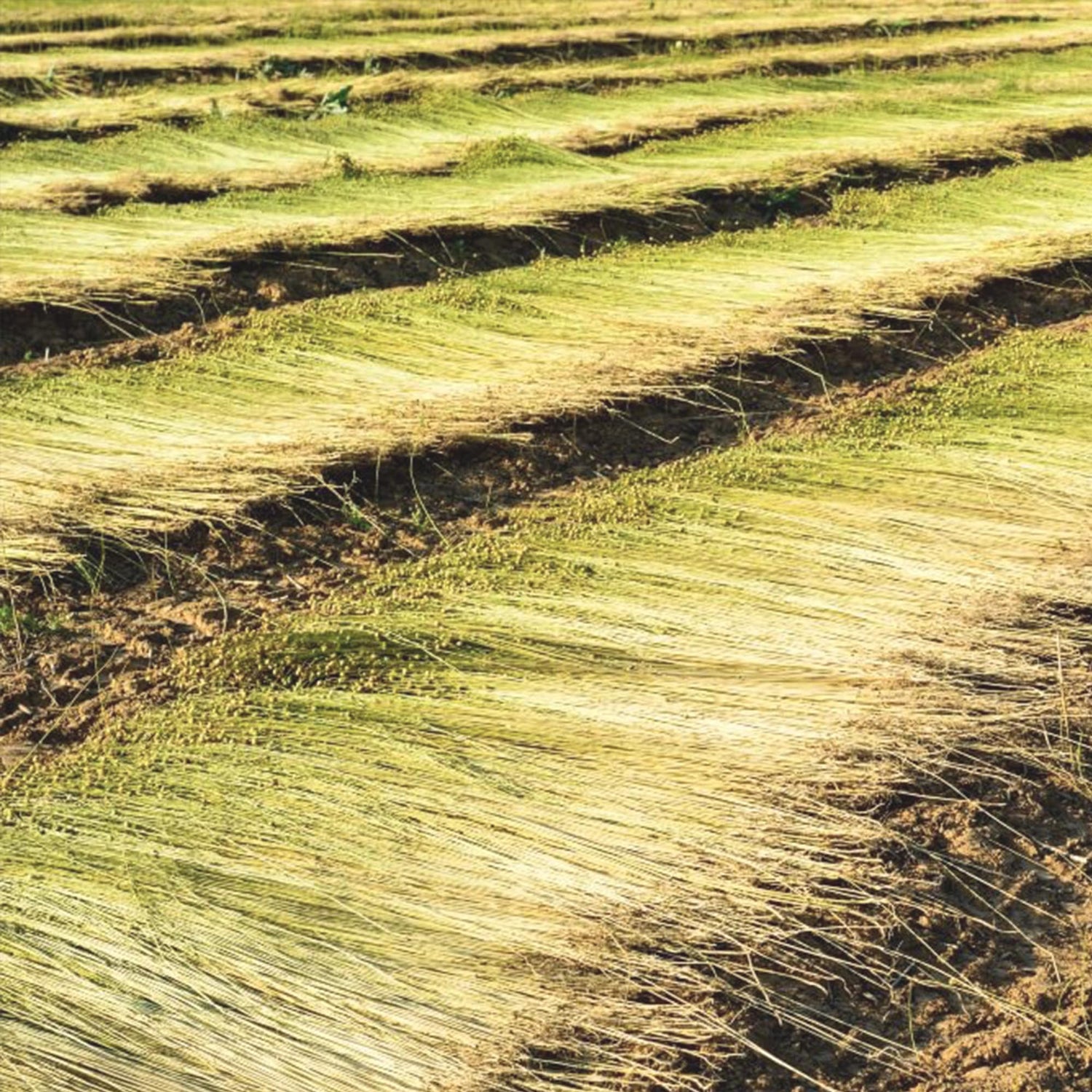
Retting
Retting is the process of separating the fibers from the woody core of the stalks. Retting can be done by soaking the stalks in water (water retting) or exposing them to dew and rain (dew retting). Retting can take from a few days to a few weeks, depending on the method and the weather conditions. It softens and loosens the fibers, making them easier to extract.
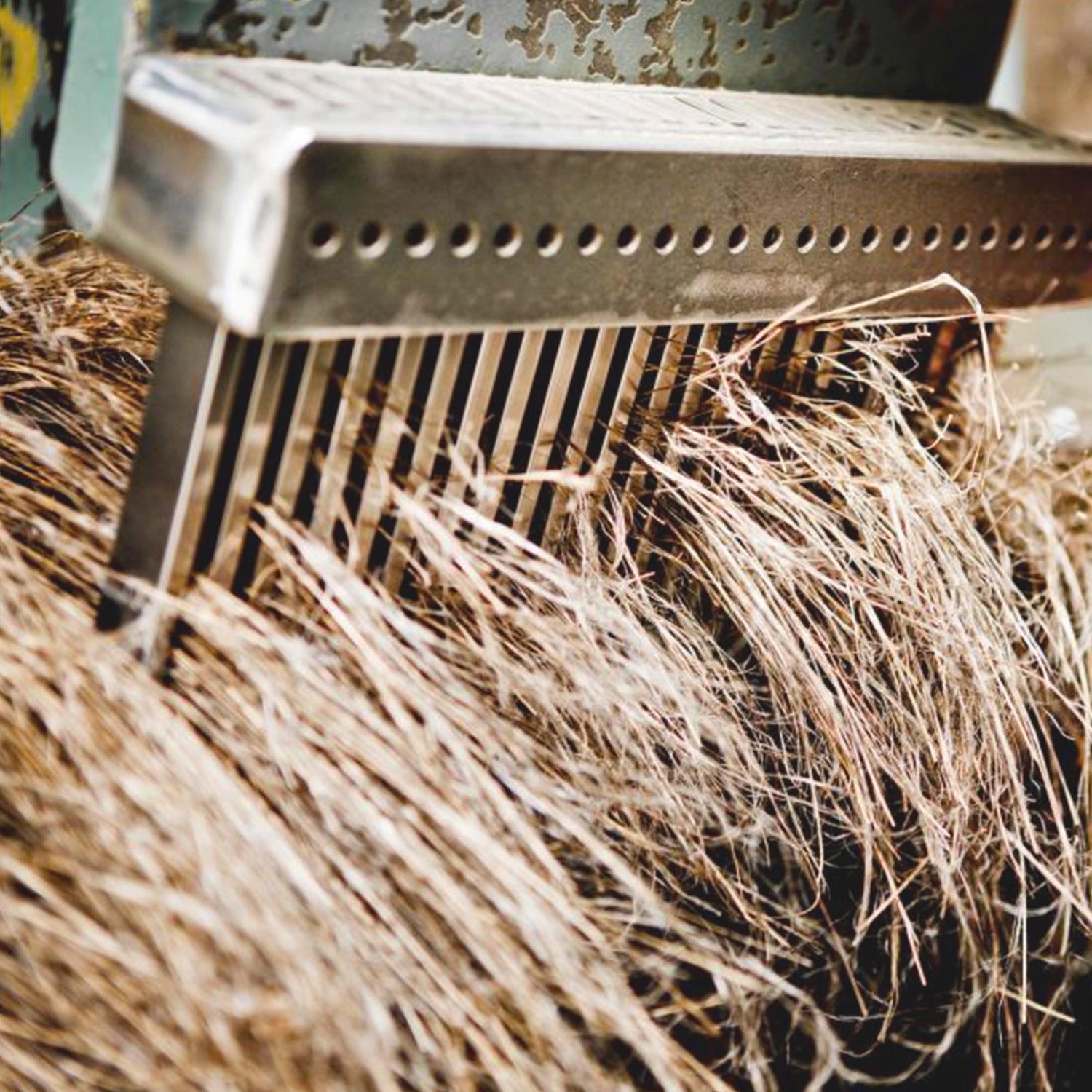
Breaking/ Combing
Then comes the process of breaking the stalks into smaller pieces and removing the woody core. It can be done by hand or by using a machine called a flax breaker. Breaking produces long fibers called line flax and short fibers called tow flax.
Combing is the process of combing and aligning the fibers to make them smooth and uniform. It separates the line flax from the tow flax and removes any impurities or knots. This process produces fine and silky fibers called stricks.
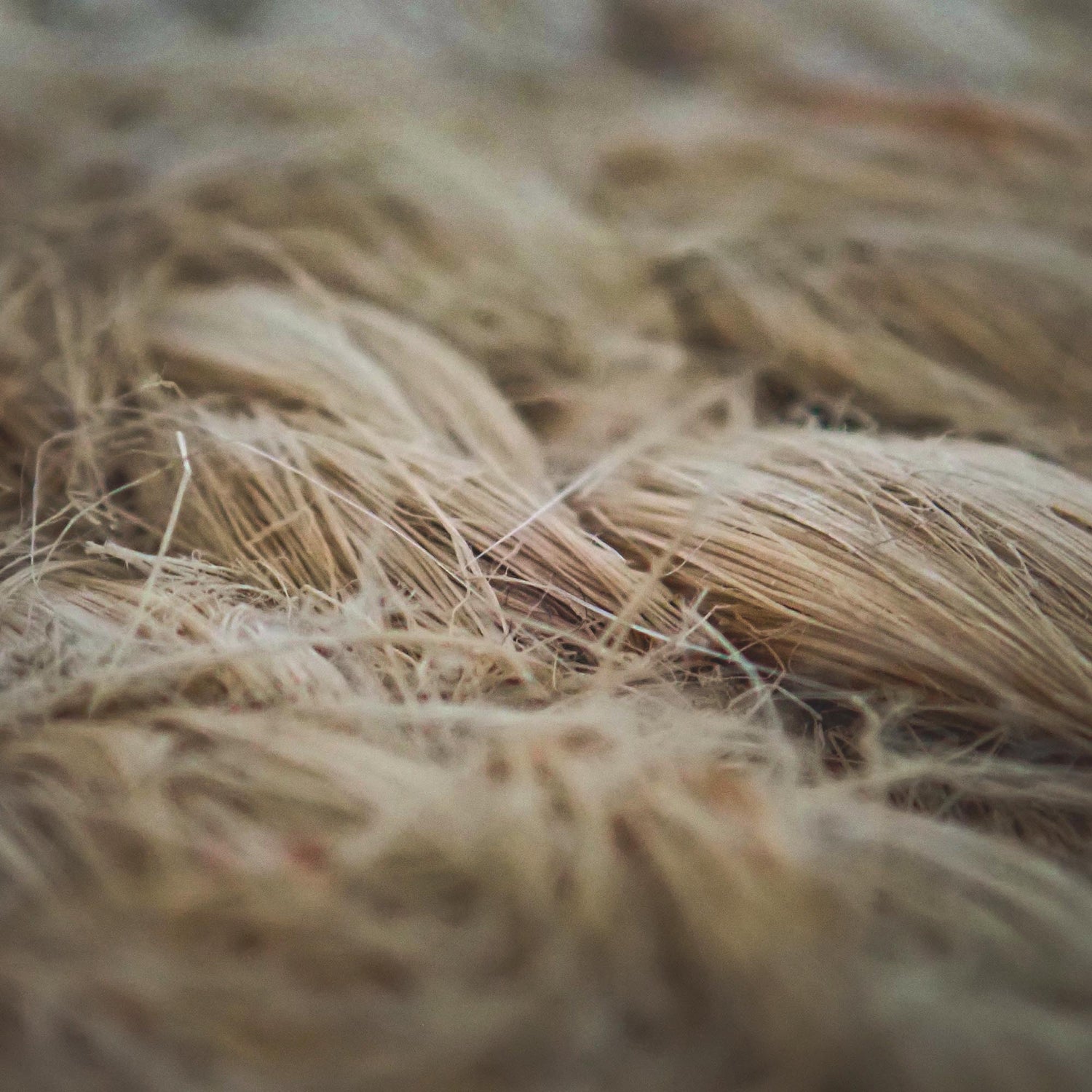
Spinning/ Reeling and Drying
Then follows the process of twisting and winding the fibers into yarn or thread. This adds strength and elasticity to the fibers and prepares them for weaving or knitting. Spinning produces different types of yarn or thread, depending on the thickness, twist, and ply.
Reeling is the process of winding the yarn or thread onto bobbins or spools for further processing or storage. Reeling organizes and measures the yarn or thread and makes it easier to handle.
Drying is the final step of linen production, where the yarn or thread is dried to remove any moisture and improve its quality. It can be done by air drying, sun drying, or oven drying. This process stabilizes and sets the yarn or thread and makes it ready for dyeing, bleaching, or finishing.
More than just Linen
Linen is a fabric that has many mystical properties in folklore. It is associated with purity, harmony, and prosperity in many cultures. Here are some of our favourite examples of the mystical properties of linen in folklore from Lithuania and Scandinavia.
- Linen was believed to have a soul and a voice that could express its feelings and desires. Linen could also sense the mood and character of its owner and react accordingly. For example, if the owner was kind and gentle, linen would be soft and smooth; if the owner was cruel and harsh, linen would be rough and coarse.
- In Lithuanian folklore, linen was a gift from the goddess Laima, who was the patroness of fate, childbirth, and weaving. Laima taught women how to grow, spin, and weave linen, and blessed them with good fortune and happiness.
- In Scandinavian folklore, linen was a symbol of purity and fertility. Linen was used to make bridal gowns, veils, and bed sheets that were meant to ensure a happy and fruitful marriage.
Read our blog on mystical powers of linen in folklore to find out more.
